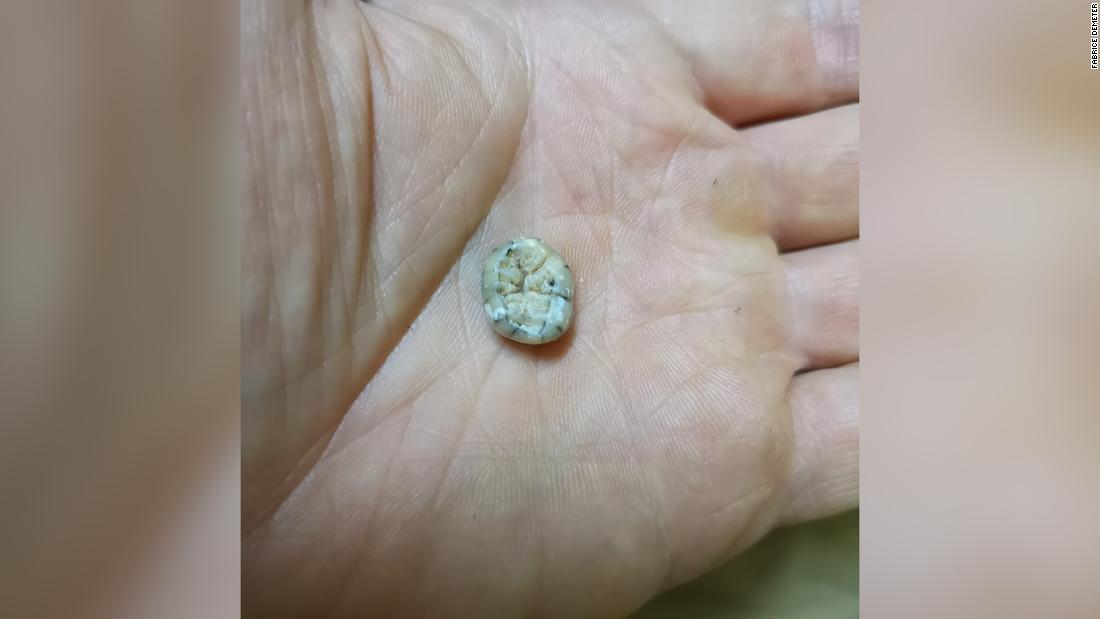
It’s definitely a long shot. The vast majority of animals that have lived on the planet don’t end up encased in stone or with their skeletons preserved in sediment.
But if a body part were to survive for posterity, a tooth is a likely contender. Incredibly hard, our choppers withstand the ravages of time.
Plus, human teeth are a treasure trove of information about human evolution, as evidenced by one of this week’s thrilling discoveries, a molar unearthed in a cave in Laos.
I’m Katie Hunt, standing in for Ashley Strickland, in this edition of Wonder Theory.
We are family
If you run your tongue over the molars in your mouth, you can feel crests and dips. For archaeologists, these features are a bit like fingerprints. They allow experts in human evolution to identify and distinguish our different ancestors.
A lower molar discovered in sediment in Cobra Cave in Laos belonged to a young woman who lived at least 130,000 years ago. What’s even more exciting is she might have been one of the Denisovans, an enigmatic group of early humans that was only discovered in 2010. Much is still unknown about them.
Discoveries
Martian dust is accumulating on the stationary lander, which makes it harder for sunlight to charge the solar panels that power InSight.
Wild kingdom
Bottlenose dolphins living in the Red Sea have been observed taking turns rubbing up against specific reef organisms, which release mucus rich in bioactive compounds that could help protect dolphin skin from infections and rashes.
It’s the first time this type of behavior has been witnessed in cetaceans — the scientific order of marine mammals that includes dolphins, whales and porpoises.
Across the universe
Forty-five years and counting. That’s how long NASA’s Voyager 1 probe has been exploring interstellar space.
Despite its advanced age and distance 14.5 billion miles (23.3 billion kilometers) from Earth, it continues to operate. It can receive and execute commands sent from NASA, as well as gather and send back science data.
The Voyager team is working hard to understand the source of the strange glitch.
Once upon a planet
Human hair can absorb around five times its weight in oil and is an environmentally friendly alternative to the standard way to clean up land-based oil spills, a process that typically involves polypropylene mats made from a non-biodegradable plastic.
San Francisco-based nonprofit Matter of Trust makes the absorbent hair mats from cuttings sent by salons, pet groomers and individuals. The hair is checked for contaminants such as debris, dirt or lice, then separated, spread over a frame, and run through a custom-built felting machine.
The wonder
Don’t miss these remarkable reads.

